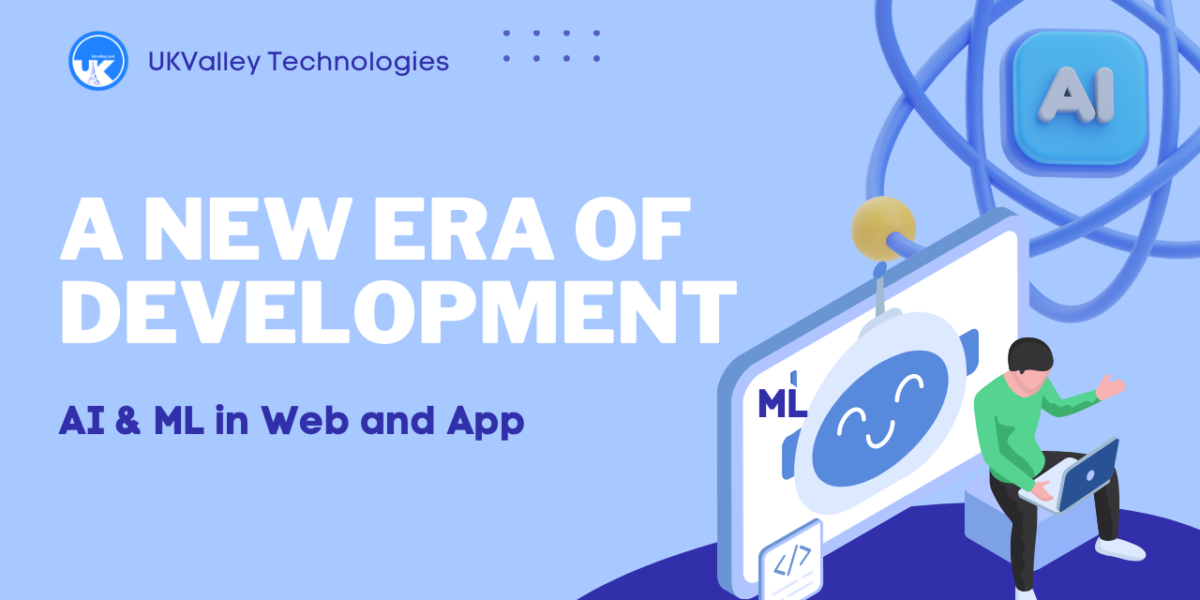Progressive Web Apps (PWAs) have changed the way we experience the web and mobile applications. Let’s delve into the world of PWAs and explore why they are important in modern web and app development.
Contents
What are Progressive Web Apps (PWAs)?
PWAs are a new generation of web applications that combine the best features of both traditional web apps and native mobile apps. They are built using standard web technologies like HTML, CSS, and JavaScript but offer functionalities traditionally associated with native apps, such as offline capabilities, push notifications, and app-like experiences.
Key Features of PWAs
PWAs boast several key features that set them apart from traditional web apps:
- Responsiveness: PWAs are designed to adapt seamlessly to any device, providing a consistent user experience across desktops, tablets, and smartphones.
- Offline Capabilities: One of the most significant advantages of PWAs is their ability to work offline, allowing users to access content even without an internet connection.
- App-like Experience: PWAs mimic the look and feel of native apps, providing users with a familiar and intuitive interface.
- Push Notifications: PWAs can send push notifications to users, enabling businesses to re-engage with their audience and drive traffic back to their app.
- Security (HTTPS): PWAs are served over HTTPS, ensuring a secure connection between the user’s device and the server, thus protecting sensitive data.
The Technology Behind PWAs
PWAs leverage several technologies to deliver their powerful capabilities:
- Background Scripts: This are JavaScript files that run in the background, enabling PWAs to perform tasks like caching resources, managing push notifications, and enabling offline functionality.
- Web App Manifests: Web app manifests are JSON files that provide metadata about the PWA, such as its name, icons, and display preferences. They allow PWAs to be installed on users’ devices and provide a native app-like experience.
- HTTPS Protocols: PWAs must be served over HTTPS to ensure a secure connection between the user’s device and the server, protecting against potential security threats.
Benefits of PWAs
PWAs offer several benefits for businesses and users alike:
- Improved Performance: PWAs load faster and provide smoother user experiences compared to traditional web apps, leading to higher user satisfaction and engagement.
- Enhanced User Engagement: With features like push notifications and offline capabilities, PWAs can keep users engaged and coming back for more.
- Reduced Development Costs: Developing a PWA requires less time and resources compared to building separate native apps for different platforms, resulting in cost savings for businesses.
- Easy Updates and Maintenance: PWAs can be updated seamlessly without requiring users to download and install updates manually, ensuring they always have access to the latest features and improvements.
- Cross-Platform Compatibility: PWAs work across different platforms and devices, eliminating the need to develop and maintain separate versions for each platform.
PWAs vs. Native Apps
Performance Comparison
While native apps may still have an edge in terms of accessing device-specific features and performance, PWAs are closing the gap rapidly. The improvements in web technologies have made PWAs faster and more capable than ever before.
Cost and Development Time
Developing native apps for multiple platforms can be time-consuming and expensive. PWAs, with their single codebase, offer a more efficient and cost-effective solution, making them an attractive option for businesses.
User Experience and Engagement
PWAs offer a user experience that rivals native apps, with fast loading times, offline capabilities, and push notifications. They combine the best of web and app experiences, making them highly engaging for users.
PWAs vs. Traditional Web Apps
Offline Functionality
Traditional web apps typically require an internet connection to function, whereas PWAs can work offline thanks to service workers. This offline capability is a significant advantage, especially in areas with unreliable internet access.
Speed and Performance
PWAs load faster and perform better than traditional web apps due to their ability to cache resources and minimize data usage. This results in a smoother and more responsive user experience.
User Experience
PWAs offer a more immersive and app-like user experience compared to traditional web apps. They can be installed on the home screen, run in full-screen mode, and provide push notifications, making them more engaging.
Popular Examples of PWAs
Several well-known companies have successfully implemented PWAs and seen impressive results:
How to Develop a PWA
Developing a successful PWA involves careful planning, utilizing key development tools, and following best practices:
- Planning and Strategy: Identify the core features and functionalities of your PWA and create a roadmap for development.
- Key Development Tools: Utilize tools like Workbox, Lighthouse, and PWA Builder to streamline the development process and ensure optimal performance.
- Best Practices: Follow best practices for PWA development, such as ensuring fast loading times, implementing a responsive design, and utilizing service workers effectively.
Challenges in PWA Development
While PWAs offer numerous benefits, they also present certain challenges:
- Browser Compatibility: Ensuring compatibility across different browsers can be challenging, as support for PWA features may vary.
- Limited Access to Device Features: PWAs have limited access to certain device features compared to native apps, which can be a limitation for apps requiring deep integration with device hardware.
- User Adoption: Convincing users to adopt PWAs over native apps can be challenging, especially if they are accustomed to the native app experience.
The Future of PWAs
The future looks bright for PWAs, with increasing adoption and advancements in technology:
- Trends in PWA Adoption: More businesses are recognizing the benefits of PWAs and adopting them to provide better user experiences.
- Predicted Advancements in PWA Technology: Advancements in web standards and browser capabilities will further enhance the functionality and performance of PWAs, driving their widespread adoption.
Conclusion
PWAs represent a significant evolution in web and app development, offering a powerful combination of performance, engagement, and cost-effectiveness. As businesses continue to embrace digital transformation, PWAs will play a crucial role in delivering seamless and engaging user experiences across all platforms.


